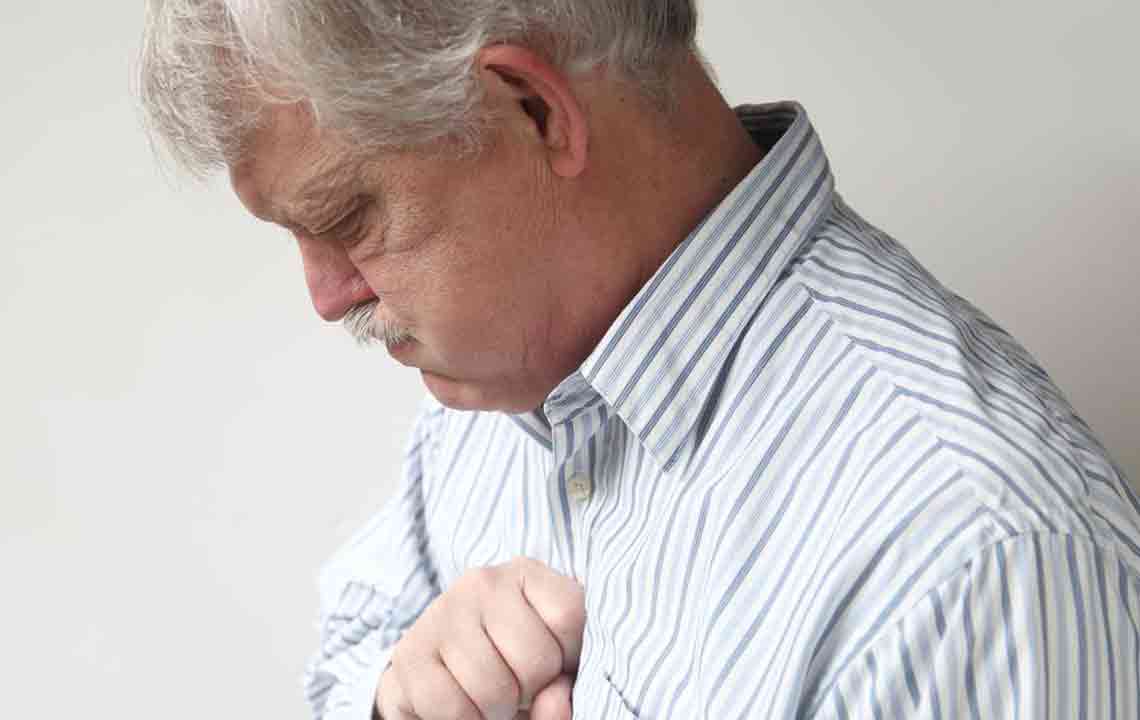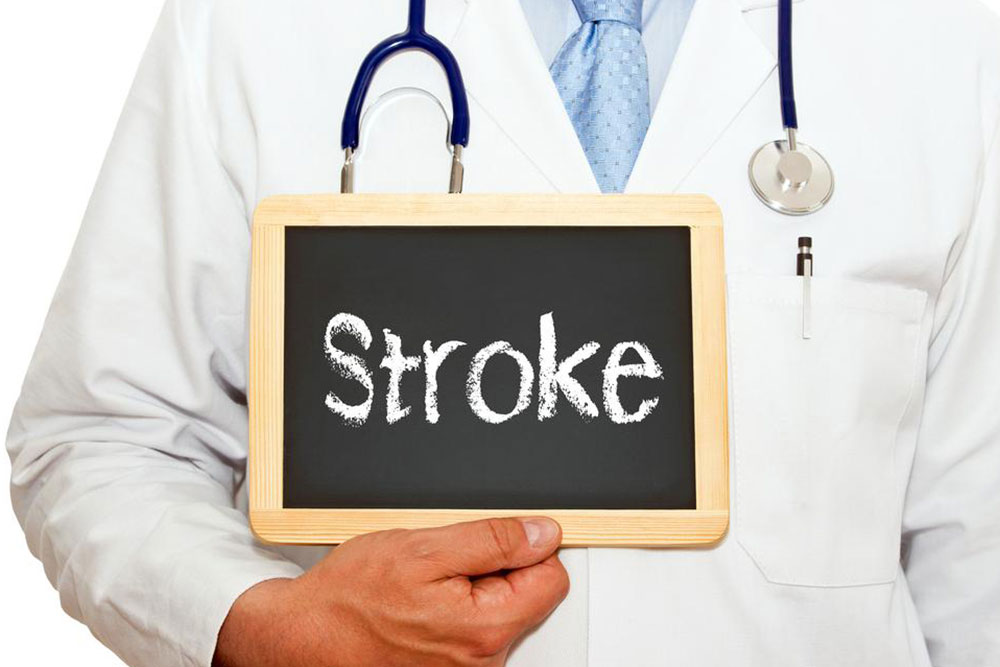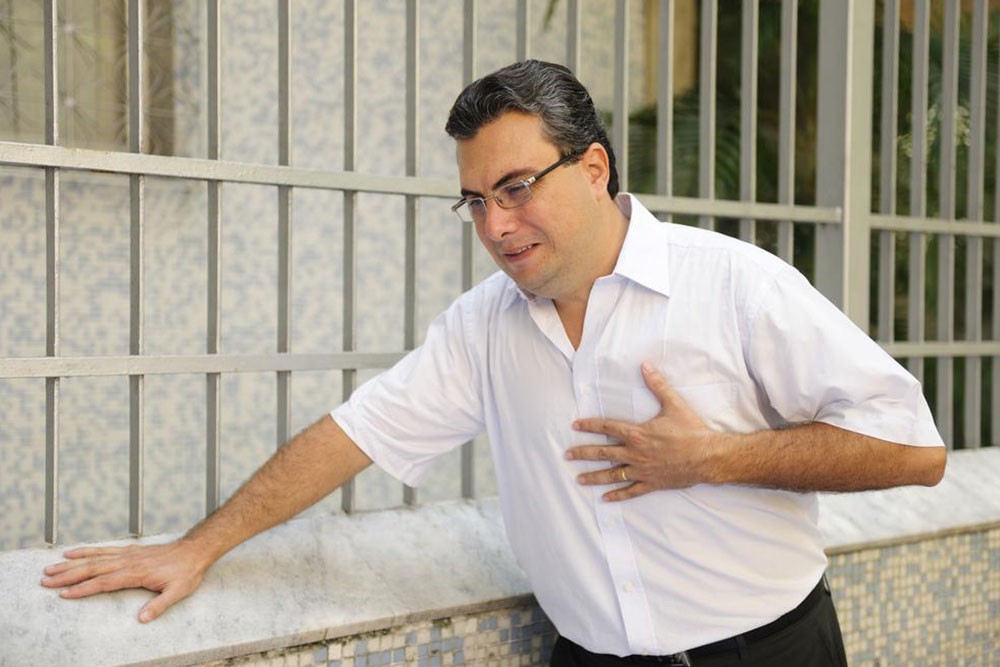Signs and Symptoms of Stroke: Recognize Early for Better Outcomes
Early recognition of stroke symptoms can significantly improve outcomes. This article discusses key signs like facial drooping, limb weakness, speech difficulties, and how the F.A.S.T. and B.E.F.A.S.T. methods aid in quick identification. Understanding the importance of immediate medical attention and risk management helps prevent severe disability and saves lives. Recognizing transient warning signs like TIAs is crucial for timely intervention. Maintaining a healthy lifestyle further reduces stroke risk, emphasizing prevention and early response.

Recognizing Stroke Symptoms Early: Essential Warning Signs
Knowing how to identify the initial signs of a stroke can be life-saving. Stroke is a leading cause of death and disability worldwide. Early detection of symptoms enables prompt medical intervention, reducing the risk of severe consequences. Often, a brief warning called a TIA (Transient Ischemic Attack) occurs beforehand, caused by temporary interruption of blood flow to the brain.
Typically lasting less than five minutes with complete recovery, TIAs are critical alerts. Immediate medical evaluation is vital to determine and treat the cause, preventing a full-blown stroke.
Main early symptoms include facial drooping, weakness on one side, slurred speech, and coordination issues. The F.A.S.T. acronym helps remember these signs:
F – Face: drooping or uneven smile.
A – Arms: weakness or numbness when raised.
S – Speech: difficulty or slurred speech.
T – Time: contact emergency services immediately if symptoms appear.
Additional indicators include balance difficulties and vision problems, summarized in the B.E.F.A.S.T. method. Recognizing symptoms early and responding quickly can avert serious damage. Rapid diagnosis and treatment are essential as TIAs can precede full strokes.
Diagnostic tools such as CT scans, MRI, ultrasound, ECG, and X-rays help confirm a TIA or stroke and identify causes like arterial blockages or heart issues. Controlling risk factors—high blood pressure, high cholesterol, diabetes, obesity, smoking—reduces stroke risk. Lifestyle changes and medications are key preventative measures. Early detection and swift action can prevent irreversible damage and improve survival chances.
Adopt a healthy lifestyle: manage blood pressure, reduce stress, lower sodium intake, and address other health concerns. Recognize early warning signs with F.A.S.T. and act promptly to shield yourself from severe stroke consequences.


